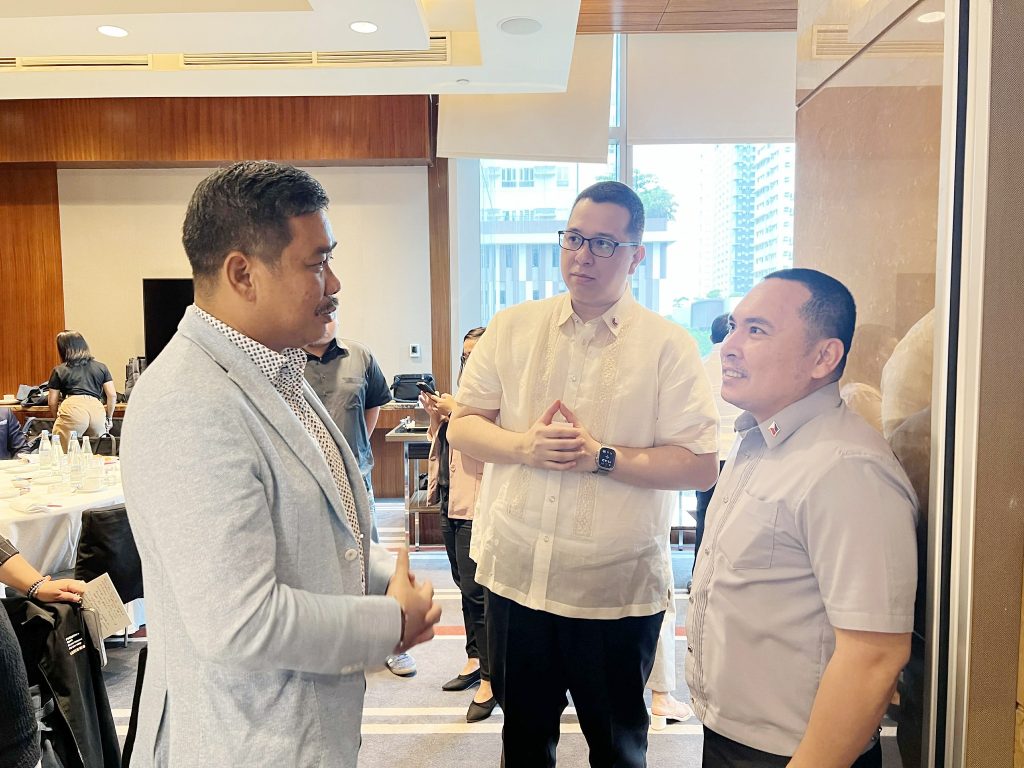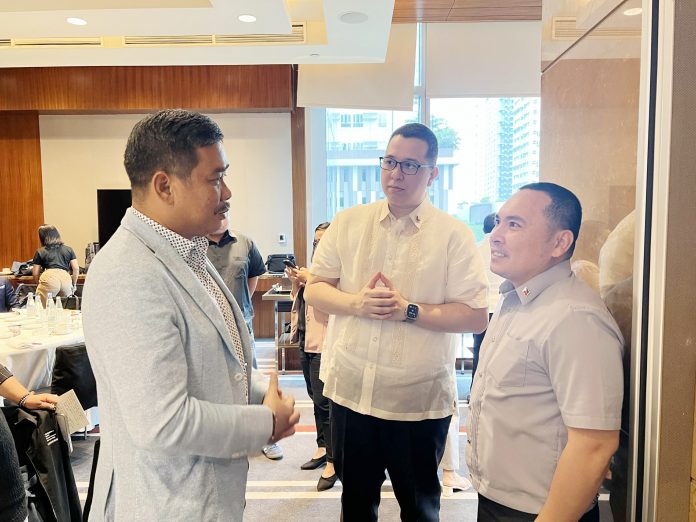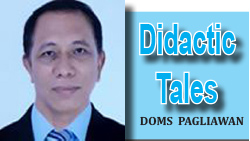
Communication is the lifeblood of any successful relationship, be it personal or professional. We rely on it to build connections, share ideas, and navigate the complexities of life. Yet, despite its fundamental importance, effective communication remains surprisingly elusive. The most challenging aspect of this seemingly simple act lies not in the words we speak, but in the invisible barriers that often impede our ability to truly connect with others.
Beyond the Words: The Silent Barriers
The challenge lies in understanding that communication is more than just the transmission of information. It’s a complex dance of emotions, perceptions, and interpretations that can easily be misconstrued. Here are some of the most significant silent barriers to effective communication:
1. Assumptions and Prejudices: We often enter conversations with pre-existing assumptions and biases about the other person or the topic at hand. These preconceived notions can cloud our judgment and prevent us from truly listening to what the other person is saying. We might jump to conclusions, misinterpret their words, or fail to consider their perspective.
2. Emotional Filters: Our emotions play a significant role in how we perceive and interpret messages. When we’re feeling stressed, angry, or anxious, our ability to communicate effectively can be compromised. We might become defensive, express ourselves poorly, or fail to consider the other person’s feelings.
3. Cultural Differences: Language, customs, and norms vary across cultures, leading to potential misunderstandings. What might be considered polite in one culture could be offensive in another. Cultural sensitivity and awareness are essential for effective cross-cultural communication.
4. Lack of Active Listening: We often focus on formulating our response rather than truly listening to what the other person is saying. This can create a disconnect, leading to misinterpretations and missed opportunities for understanding. Active listening involves paying full attention, asking clarifying questions, and demonstrating empathy.
5. Fear of Conflict: Many people avoid conflict at all costs, even when it’s necessary for healthy communication. This fear can prevent us from addressing important issues, leading to resentment and misunderstandings. Constructive conflict resolution requires open and honest dialogue, a willingness to compromise, and respect for different perspectives.
Overcoming the Barriers: A Path to Deeper Understanding
Addressing these silent barriers requires a conscious effort to cultivate more mindful and empathetic communication. Here are some strategies to enhance your communication skills:
1. Practice Active Listening: Focus on understanding the other person’s perspective, not just waiting for your turn to speak. Use verbal and non-verbal cues to demonstrate that you’re paying attention, such as maintaining eye contact, nodding, and asking clarifying questions.
2. Seek to Understand, Not Just to Be Understood: Empathy is key to effective communication. Put yourself in the other person’s shoes and try to see the situation from their perspective. This allows for a more nuanced understanding of their words and emotions.
3. Embrace the Power of Questions: Open-ended questions encourage the other person to elaborate and provide more context. Avoid leading questions that steer the conversation in a particular direction.
4. Be Mindful of Non-Verbal Cues: Our body language, tone of voice, and facial expressions can convey messages even more powerfully than our words. Be aware of your own non-verbal cues and how they might be interpreted by the other person.
5. Cultivate Emotional Self-Awareness: Pay attention to your own emotions and how they might be influencing your communication. Take a step back if you’re feeling overwhelmed or reactive. Recognize that emotions are valid, but they shouldn’t dictate your communication style.
6. Seek Feedback and Be Open to Learning: Ask others for feedback on your communication style. Be open to receiving constructive criticism and using it to improve your skills.
7. Practice Patience and Forgiveness: Communication is a two-way street. Mistakes will be made, and misunderstandings will occur. Be patient with yourself and others, and strive for forgiveness when necessary.
Conclusion
The most challenging aspect of effective communication lies in recognizing and overcoming the invisible barriers that often prevent us from truly connecting. By cultivating mindful communication practices, embracing empathy, and actively seeking understanding, we can bridge those gaps and build more meaningful relationships. It’s a continuous journey of self-awareness, patience, and a willingness to learn. The rewards, however, are immeasurable – deeper connections, stronger relationships, and a more fulfilling life.







